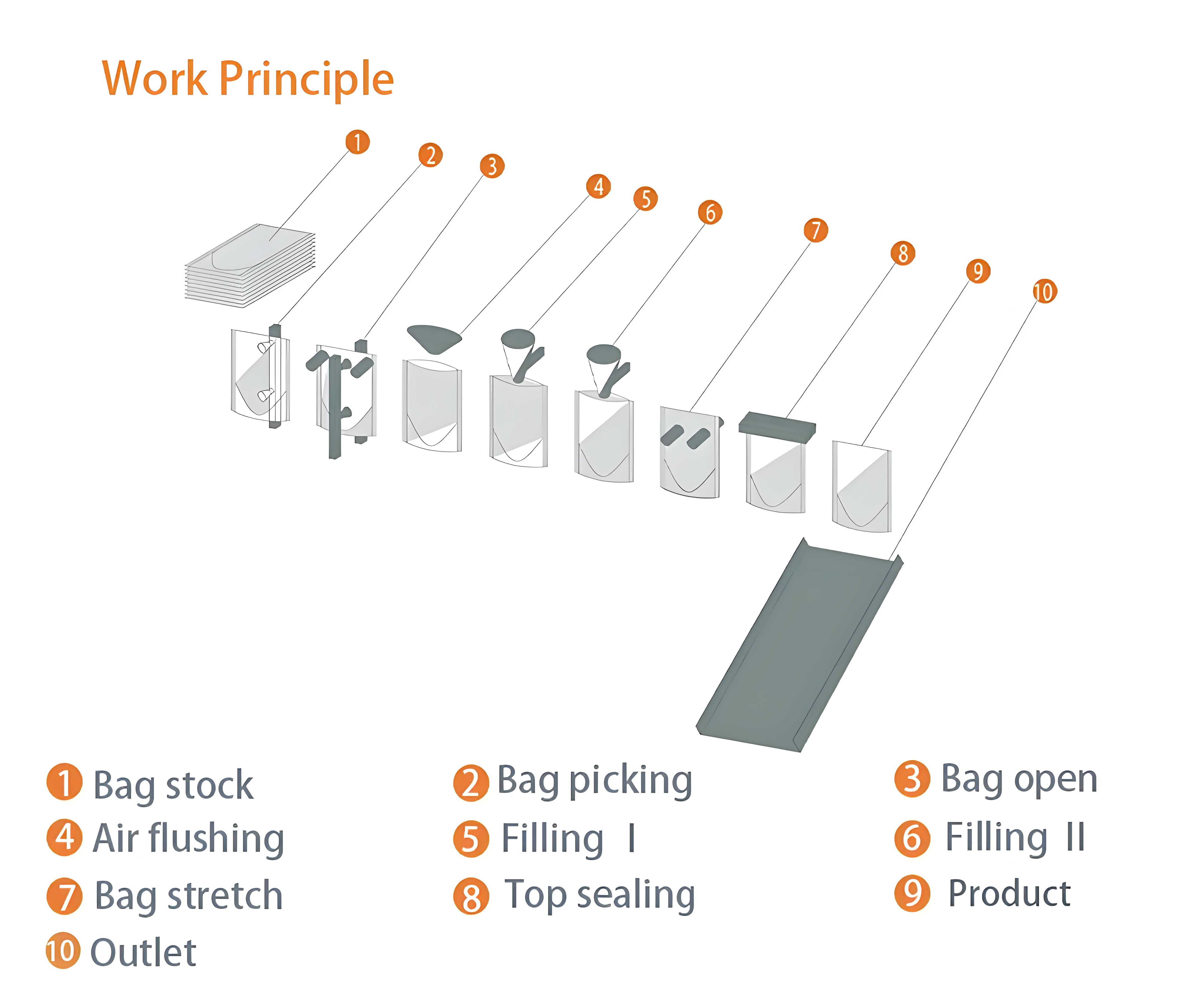Plywood vs. Drywall: A Comprehensive Cost Analysis for Your Next Project
When embarking on a construction or renovation project, one of the most critical decisions revolves around material selection. Among the myriad of options available, plywood and drywall are two of the most commonly used materials. However, a question often arises: Is plywood cheaper than drywall? This article delves into the cost implications, practical applications, and long-term value of both materials, providing a nuanced understanding for homeowners, builders, and contractors alike.
Understanding the Basics: Plywood and Drywall
Before we can compare costs, it’s essential to understand what plywood and drywall are, and their respective uses in construction.
Plywood is an engineered wood product made from thin layers of wood veneer glued together. It is known for its strength, durability, and versatility, making it suitable for a variety of applications, including flooring, roofing, and cabinetry.
Drywall, also known as gypsum board or wallboard, consists of a core of gypsum sandwiched between two sheets of heavy paper. It is primarily used for interior walls and ceilings due to its fire-resistant properties and ease of installation.
Cost Comparison: Plywood vs. Drywall
Initial Material Costs
When comparing the initial costs of plywood and drywall, it’s important to consider the price per square foot. As of late 2024, the average cost of plywood ranges from $3 to $5 per square foot, depending on the thickness and type (e.g., softwood, hardwood, or specialty plywood). In contrast, drywall typically costs between $0.40 and $0.65 per square foot.
At first glance, drywall appears to be significantly cheaper than plywood. However, this cost analysis must extend beyond mere material prices to include installation and long-term performance.
Installation Costs
Installation costs can vary widely based on the complexity of the project and the labor rates in your area. Drywall installation is generally quicker and less labor-intensive than plywood, which requires more precise cutting and fastening. While drywall can be installed by a skilled DIYer, plywood often necessitates professional installation, especially for structural applications.
The labor cost for drywall installation can range from $1 to $3 per square foot, while plywood installation may cost between $2 to $5 per square foot. Therefore, while plywood may be cheaper per square foot, the overall installation costs can make it more expensive in the short term.
Long-Term Value and Durability
When evaluating whether plywood is cheaper than drywall, it’s crucial to consider the long-term value and durability of each material.
Plywood is renowned for its strength and resistance to warping, making it an excellent choice for high-traffic areas and environments with fluctuating humidity. It can also be used in applications where structural integrity is paramount, such as subflooring and sheathing. Plywood’s longevity can lead to lower maintenance and replacement costs over time.
Drywall, while cost-effective initially, is more susceptible to damage from moisture, impacts, and general wear and tear. In areas prone to water exposure, such as bathrooms and kitchens, specialized moisture-resistant drywall is necessary, which can increase costs. Additionally, drywall repairs can be more frequent and costly, particularly in high-traffic areas.
Aesthetic and Functional Considerations
Beyond cost, the aesthetic and functional aspects of plywood and drywall should also be considered. Plywood offers a natural wood finish that can enhance the visual appeal of a space, making it a popular choice for exposed beams, cabinetry, and furniture. On the other hand, drywall provides a smooth, paintable surface that is ideal for creating a clean, modern look in residential and commercial spaces.
Conclusion: Making the Right Choice
In conclusion, while drywall is generally cheaper than plywood in terms of initial material costs, the overall expense of a project can vary significantly based on installation, long-term durability, and aesthetic preferences. For projects requiring structural integrity and longevity, plywood may offer better value despite its higher upfront costs. Conversely, for interior applications where budget constraints are paramount, drywall remains a viable and cost-effective option.

Average Rating